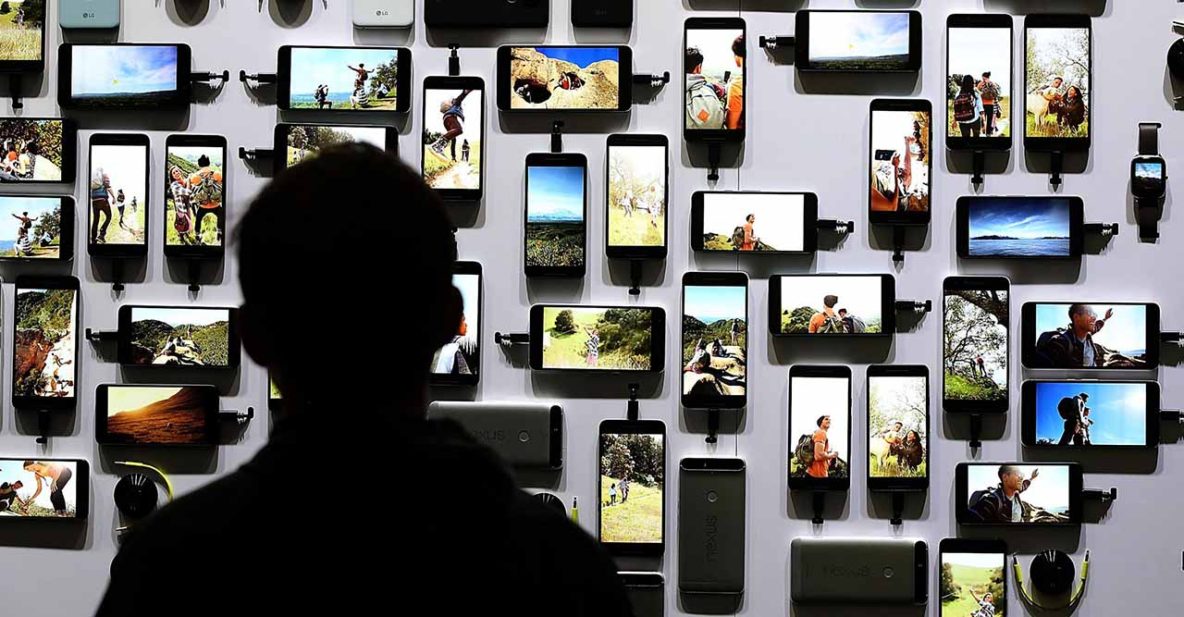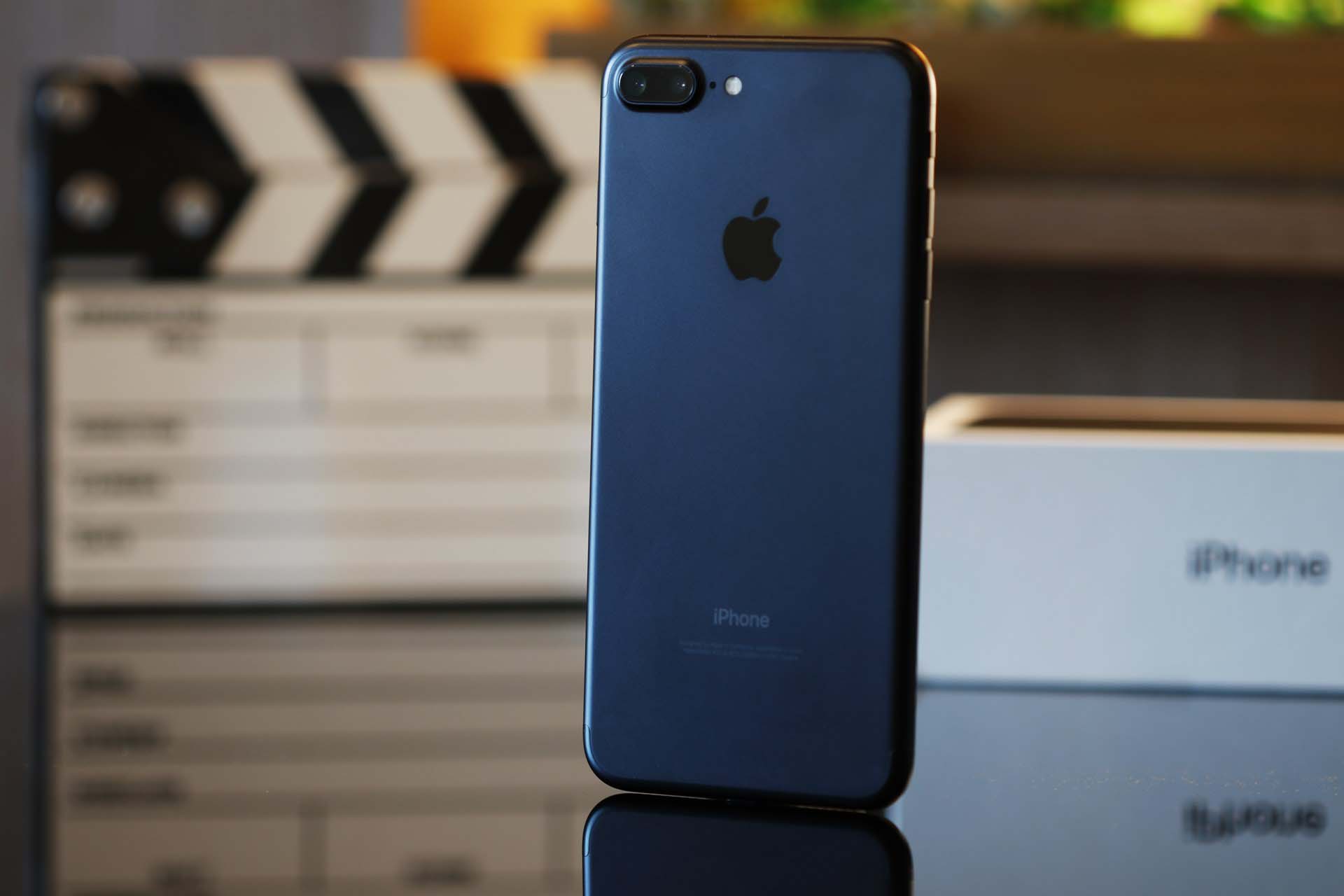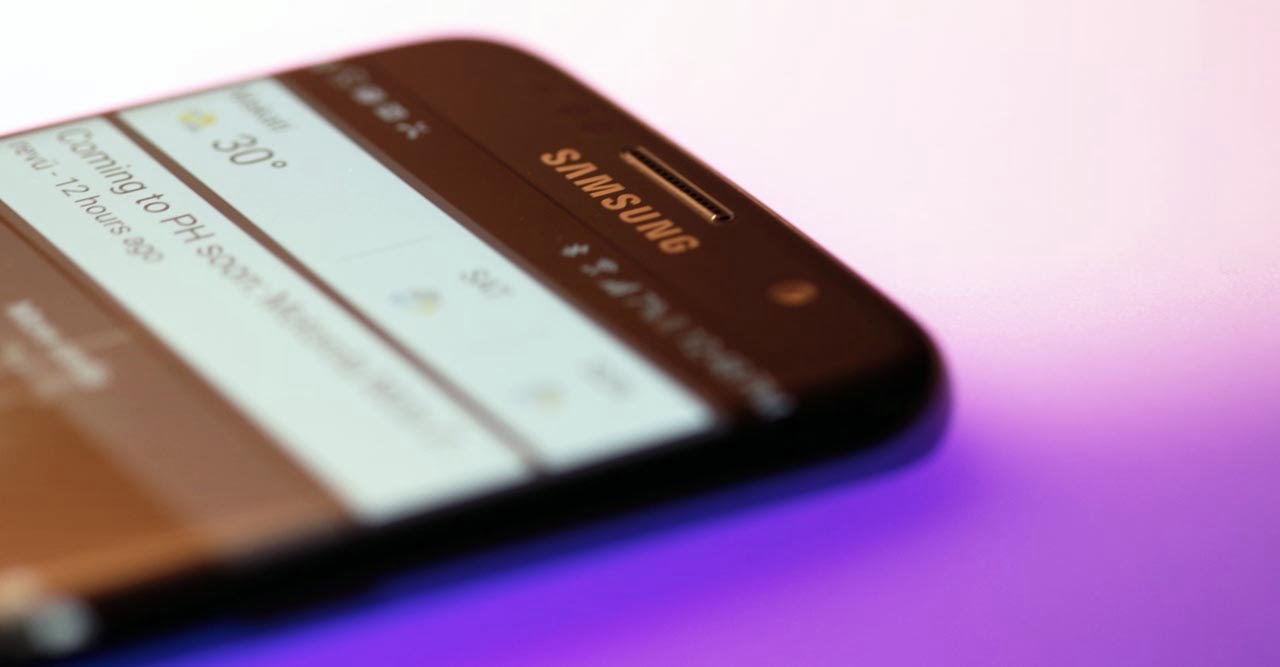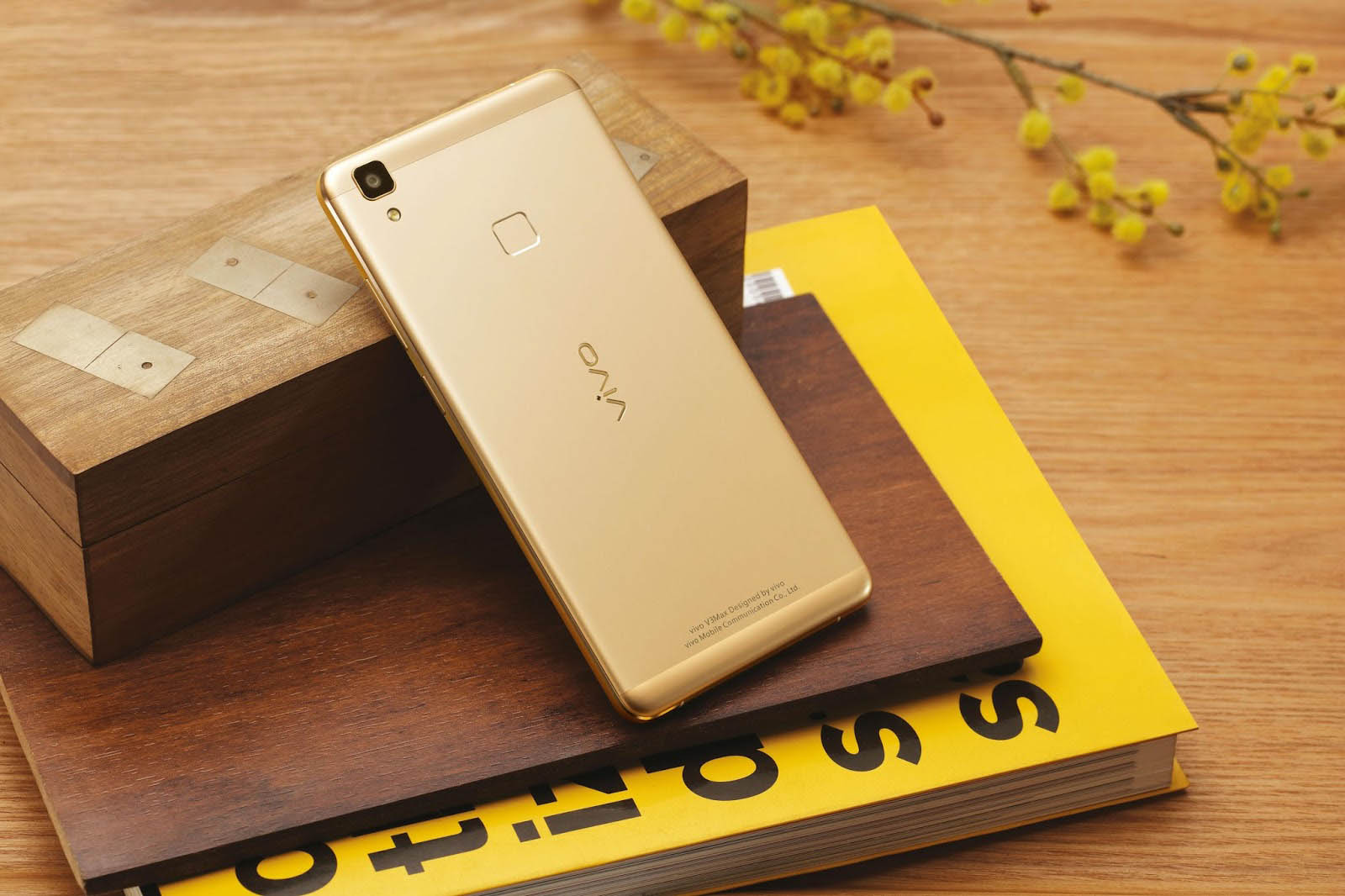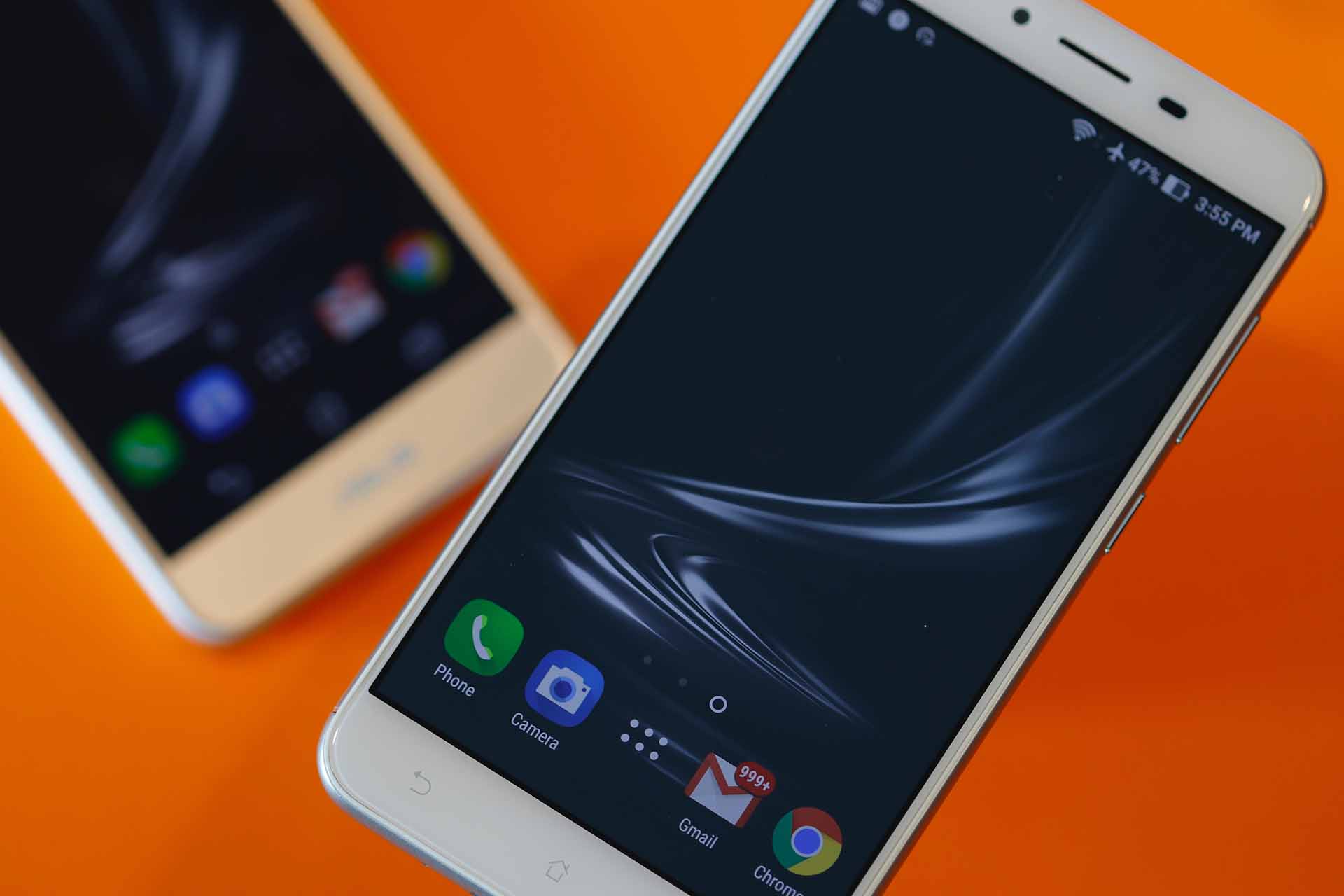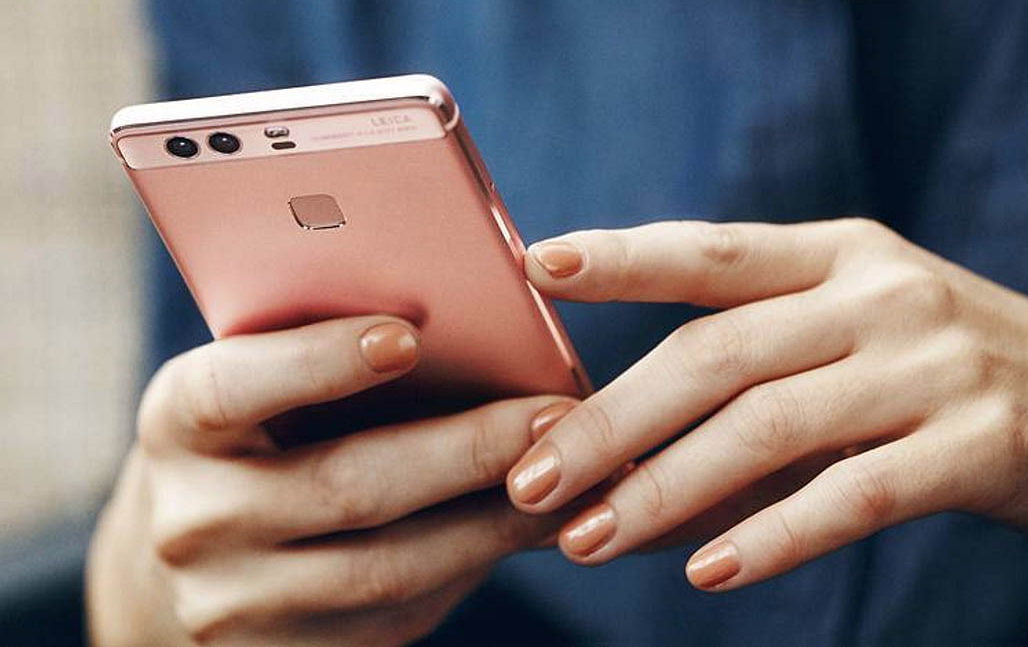A heads-up: There’s no Google Pixel here, there’s no OnePlus 3T, there’s no HTC 10, and there are no Xiaomi devices. In fact, if there’s one thing our list will tell you, it’s that the smartphone market in the Philippines is wanting for more official players. It would be nice to buy from authorized stores and get legitimate support and warranty. However, we’re just glad that there are enough value-for-money phones that have made it in the country. Here are the top seven that got our seal of approval.
Apple iPhone 7 (Price: Starts from P37,990)
Hands down the fastest smartphone we have used — no need for AnTuTu Benchmark or this video to tell us that. Indeed, Philip Schiller, Apple’s senior vice president of worldwide marketing, was not kidding when he said that the A10 Fusion processor that powers the new iPhone is the most powerful chip ever for a smartphone. Mind you, this is the only device that can handle NBA 2K17 at the highest setting well. And we haven’t even talked about improved waterproofing (yes, the iPhone 6s was water-resistant, but wasn’t officially announced as one), better design with more color options, better rear cameras (dual-camera system for the bigger variant), and the doubled internal storage per model yet. Click this for complete specs of the iPhone 7, and this for the iPhone 7 Plus.
Samsung Galaxy S7 (Price: Starts from P31,990)
You can look at this as an improved Samsung Galaxy S6. The design is a refinement of the flagship phone that came before it — from the slightly curved back, reminiscent of the Galaxy Note 5’s rear, to the curved edges of the Galaxy S7 Edge variant. The quad-HD screen can be better appreciated with the bumped-up display size of 5.5 inches of the Edge. An IP68 certification means it can go underwater for 30 minutes at depths of up to 1.5 meters. The microSD has returned. And it takes better photos than Apple’s iPhone 7, thanks to a camera sensor that — while now getting a lower, 12-megapixel count than the S6’s 16 megapixels — has bigger pixels and a wider aperture, resulting in better low-light photos. Click for the Galaxy S7 Edge’s full specs.
Vivo V3 Max (Price: P13,990)
For a smartphone that features 4GB of RAM and Qualcomm Snapdragon 652 — a processor found to be a lot faster than the 808 on the LG G4 and just a bit slower than the 810 — the V3 Max sure is a steal. As we mentioned in an earlier report, a P13,990 suggested retail price is bonkers for something that’s on the same level as the 652-based Samsung Galaxy A9 Pro and ASUS ZenFone 3 Ultra, which cost P25,990 and P32,995, respectively. It’s even more powerful than the P19,995 ASUS ZenFone 3. At P13,990, you get a fingerprint sensor and a fast-charging system that will take the handset’s battery from zero to 50 percent in around 30 minutes as well. Click for complete specs.
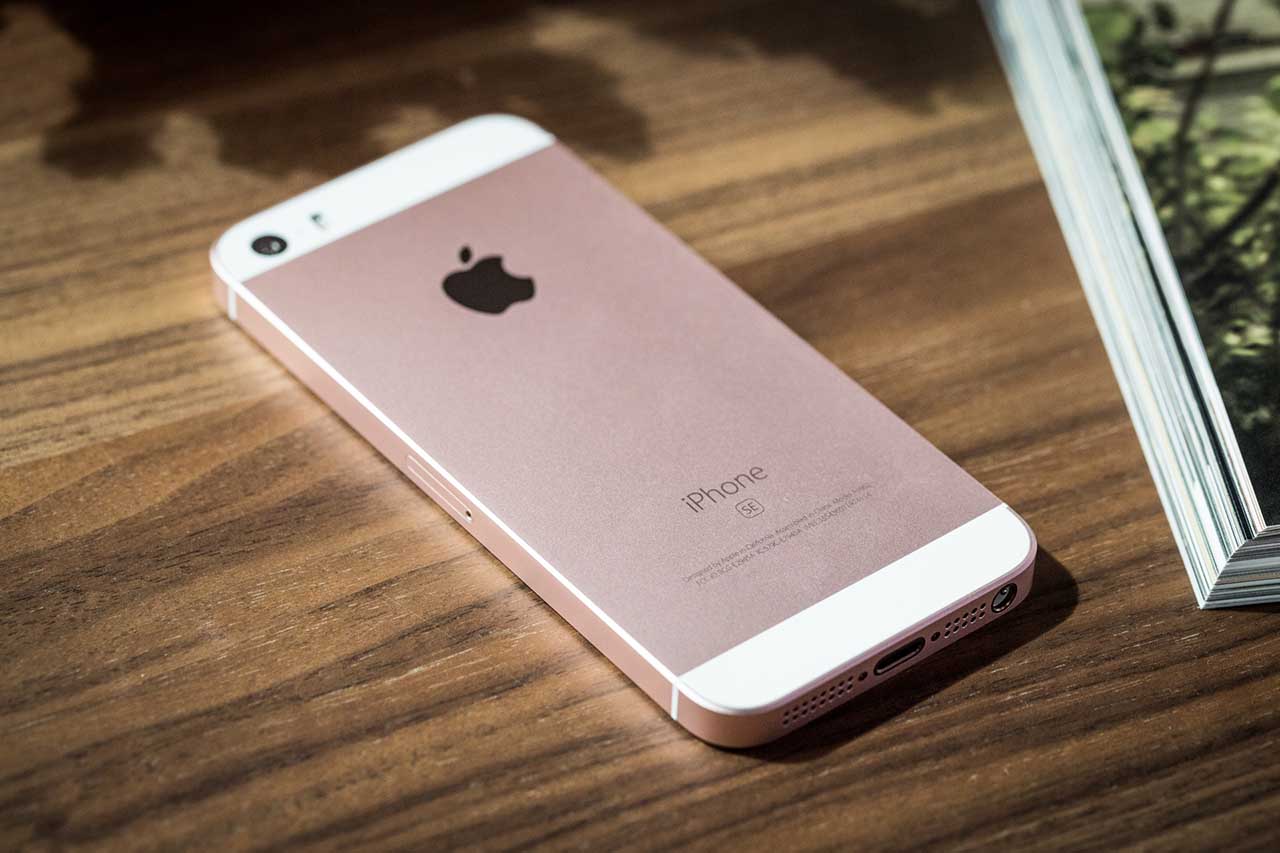
Apple iPhone SE via Macworld
Apple iPhone SE (Price: Starts from P23,590)
It’s easy to forget that Apple launched this 4-inch mobile in March this year, what with the attention the iPhone 7 is getting these days. But that doesn’t make the SE, the cheapest iPhone you can buy, any less deserving of a place on our list. It shares the same design language as the iPhone 5 and 5S — a look and feel that we consider to be among the best across the industry. Better yet, it inherits much of the internals of the iPhone 6S, including the latter’s A9 chip and a 12-megapixel camera that can shoot 4K videos and photos worthy of your Instagram feed. While there are bigger and better options out there, fans of compact form factors can do no better than the SE. Click for full specs.
ASUS ZenFone 3 Max 5.5 (Price: P10,995)
This 5.5-incher combines the best qualities of the smaller Max and the ZenFone 3 Laser without asking for too much in return. It’s fun to use for its size. It’s got solid specs and battery life for days. And while it obliterates any arguments for the aforementioned models, coming out with a proper successor to last year’s Max — and arguably, to a lesser extent, the ZenFone 2 — allows ASUS to stake out a profitable position in the lower end of the market. Click for complete specs.
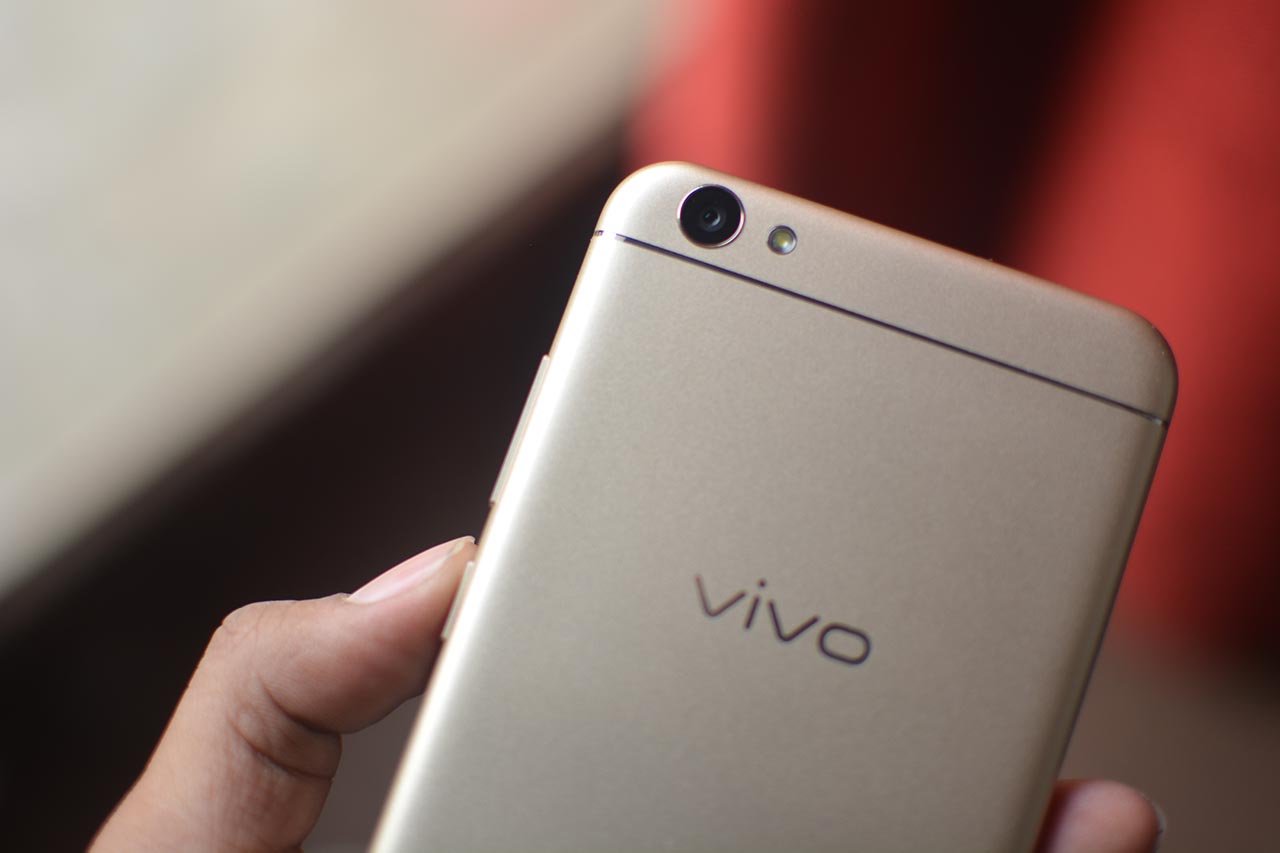
Vivo V5 via PC-Tablet
Vivo V5 (Price: P12,990)
The Vivo V5 may look like the similarly priced OPPO F1s, so much so that it’s hard to tell the two apart, but it has more to offer than OPPO’s “selfie expert.” Its front camera carries a 20-megapixel sensor; it is powered by MediaTek’s Helio P10 processor; the RAM is above average at 4GB; and its user interface is based on Android Marshmallow. By contrast, the F1s has a 16-megapixel front camera, a lower-end MediaTek 6750 processor, 3GB of RAM, and an Android Lollipop-based UI. This new player in the Philippine smartphone market has been aggressively pricing their products that we call it Xiaomi among ourselves. China’s Xiaomi, of course, is known for selling high-specced devices at wallet-friendly prices. Too bad the company has left the country. Click for full specs.
Huawei P9 (Price: Starts from P23,990)
The partnership with Leica brought about this beautifully designed handset which was voted the best European Consumer Smartphone in 2016-2017 by the European Imaging and Sound Association in August. Its claim to fame is its dual-camera system, in which two cameras work together to produce one photo. One of them comes with an RGB sensor to take pictures in color; the other has a monochrome sensor to produce more detailed images — an approach copied by Xiaomi for its Mi 5s Plus handset. P9 sales topped 9 million units worldwide in almost seven months, so maybe that’s why Huawei and Leica will build a research and innovation center at the latter’s headquarters in Germany. Click this for the P9’s specs, and this for the P9 Plus’.
Main image via Independent
Share this Post


